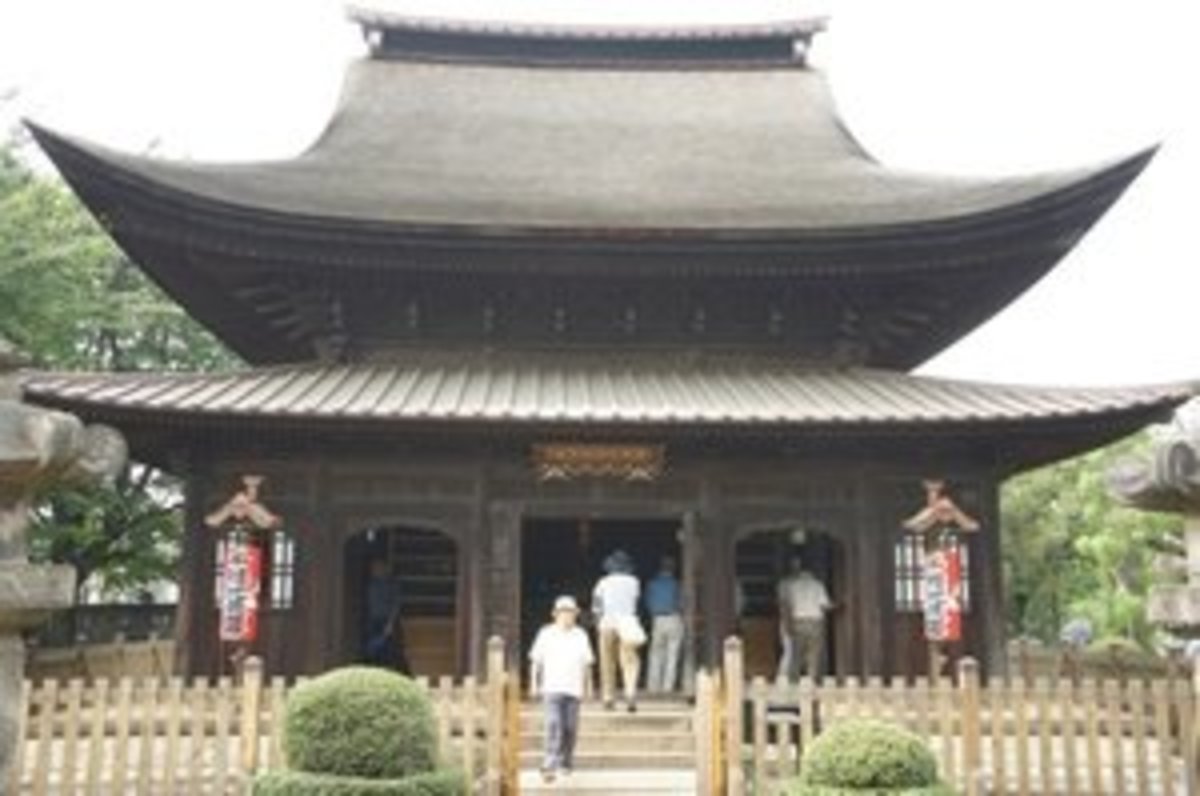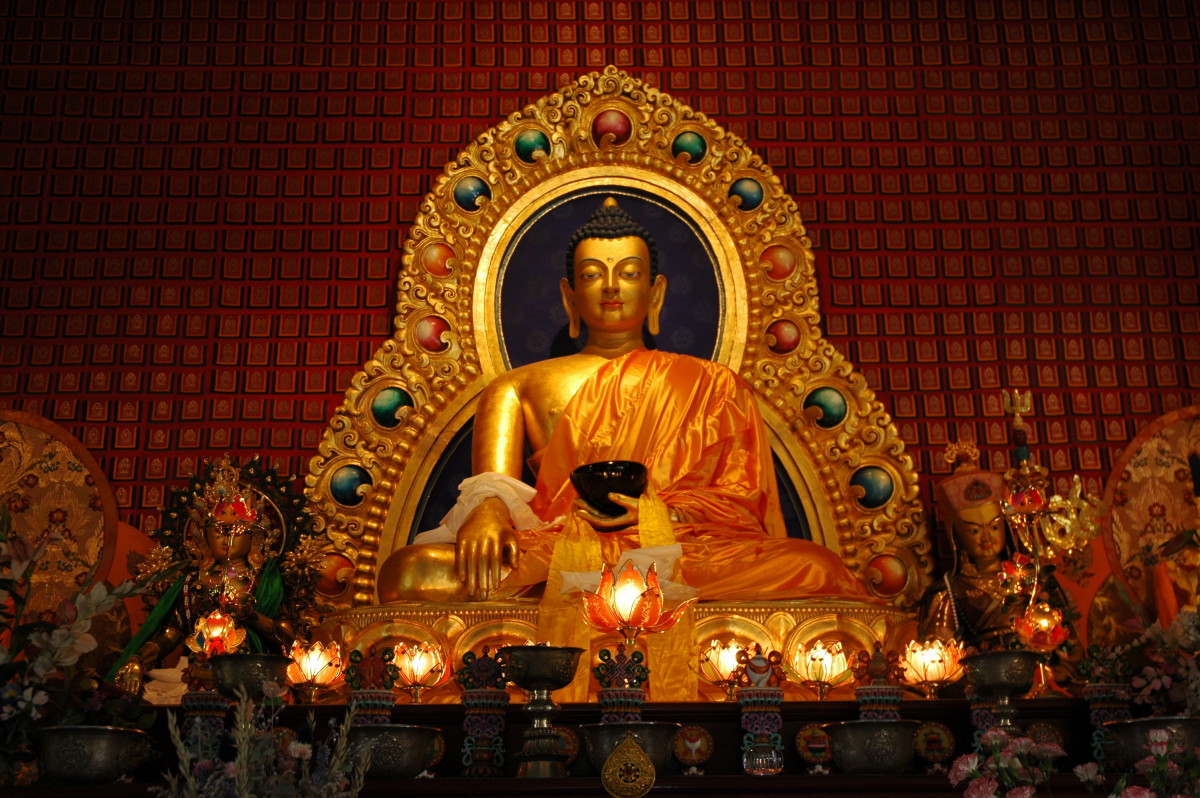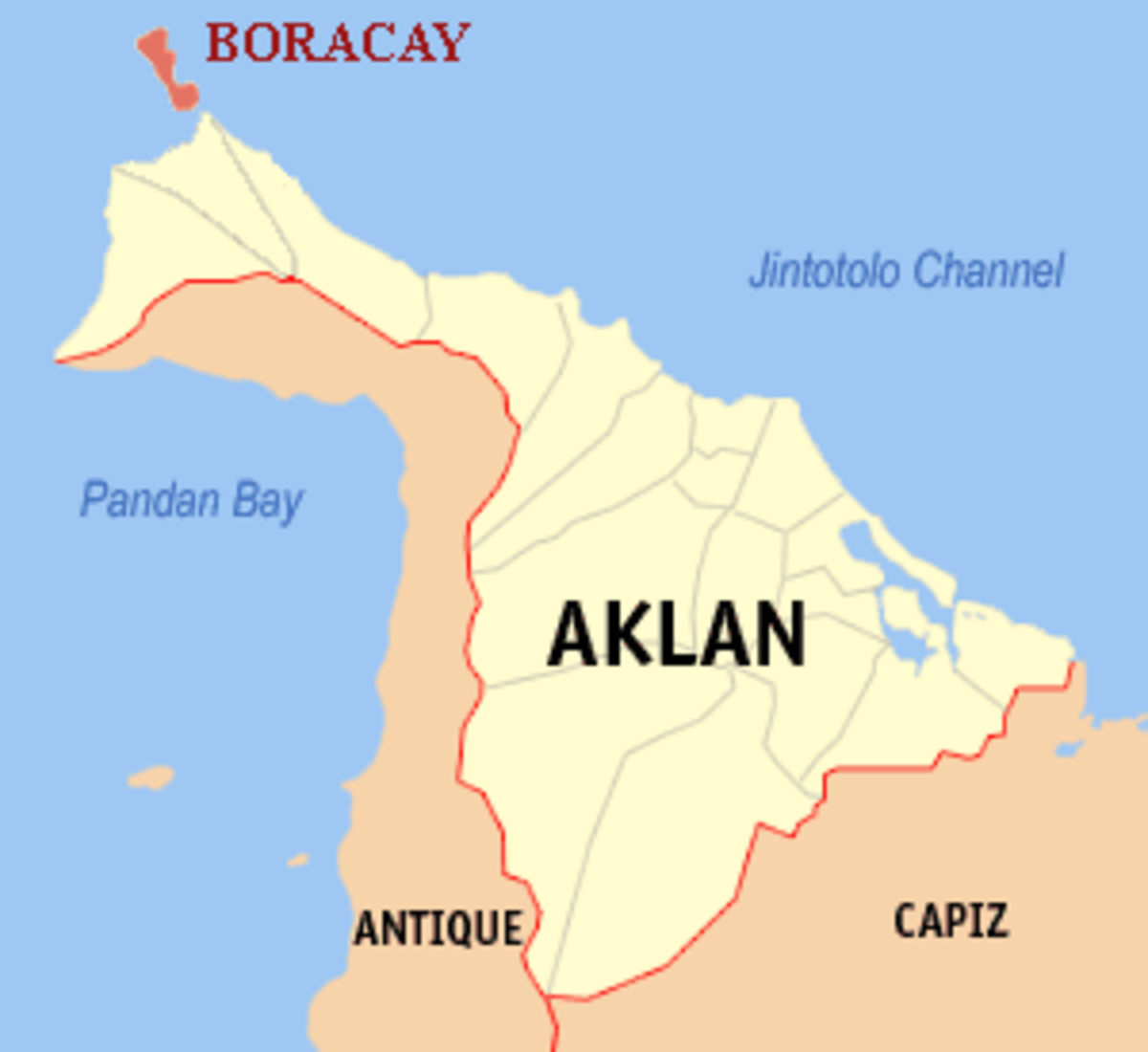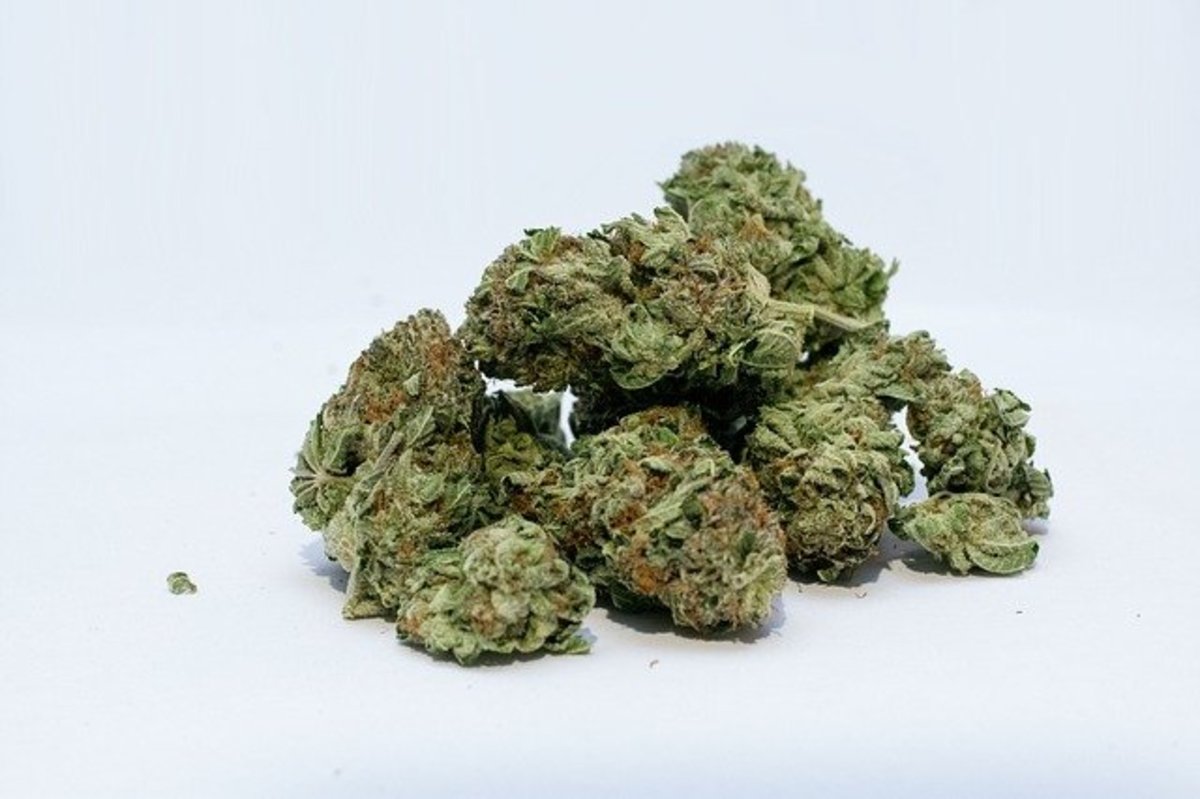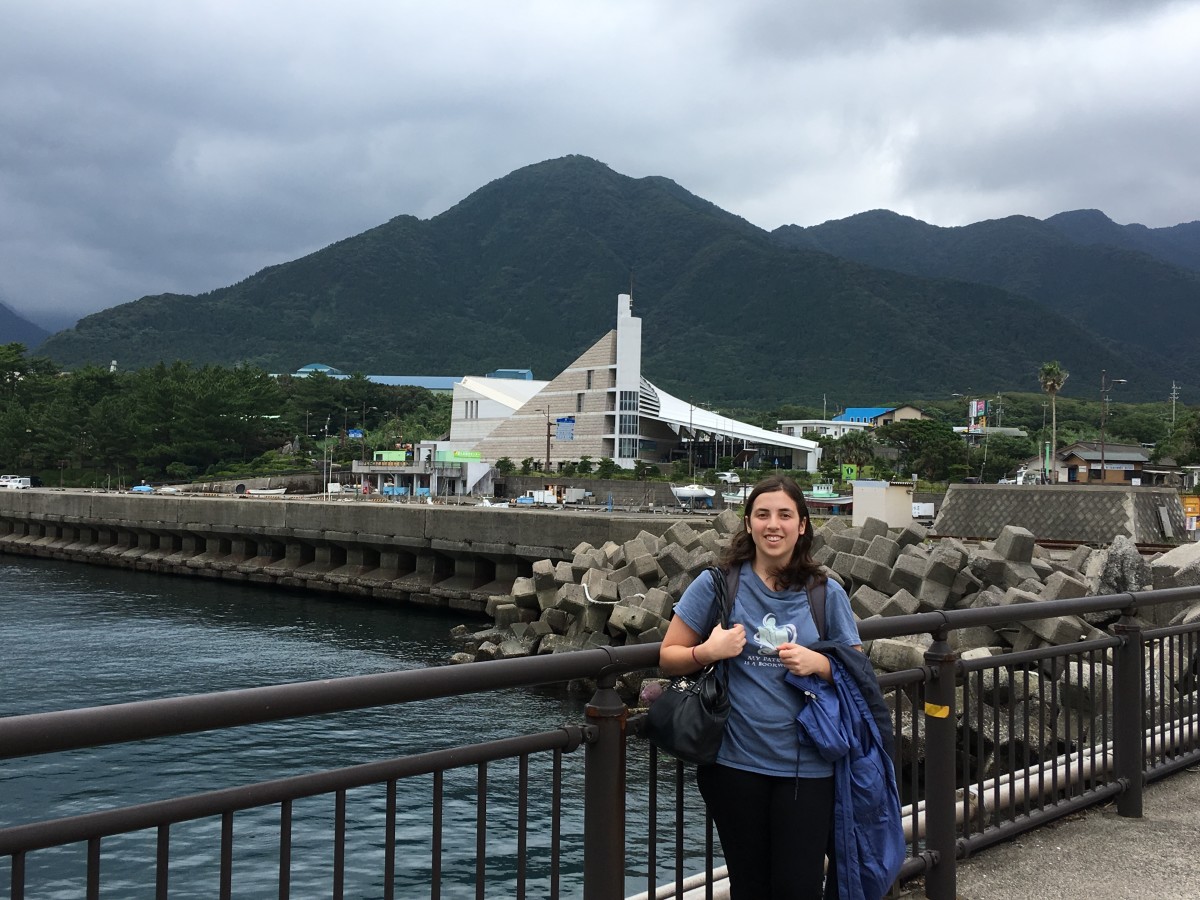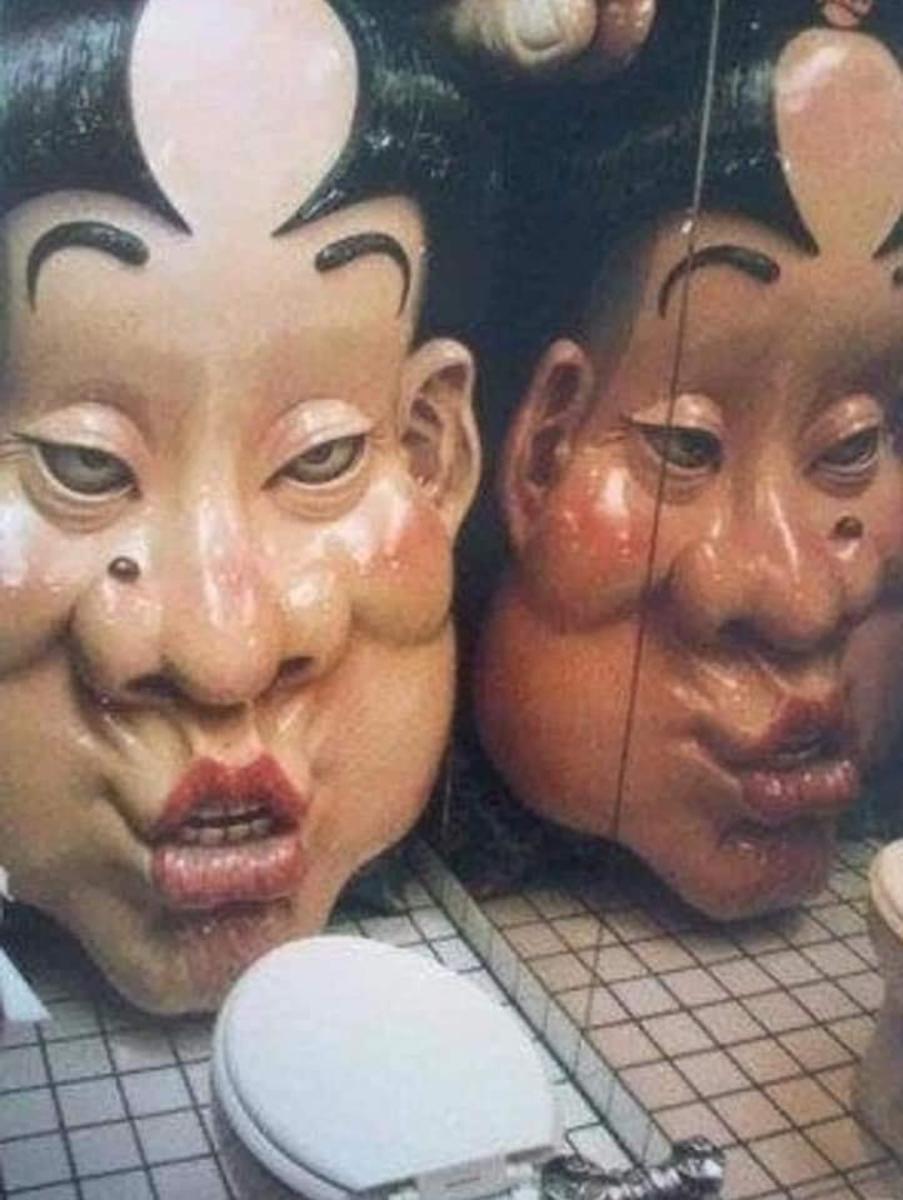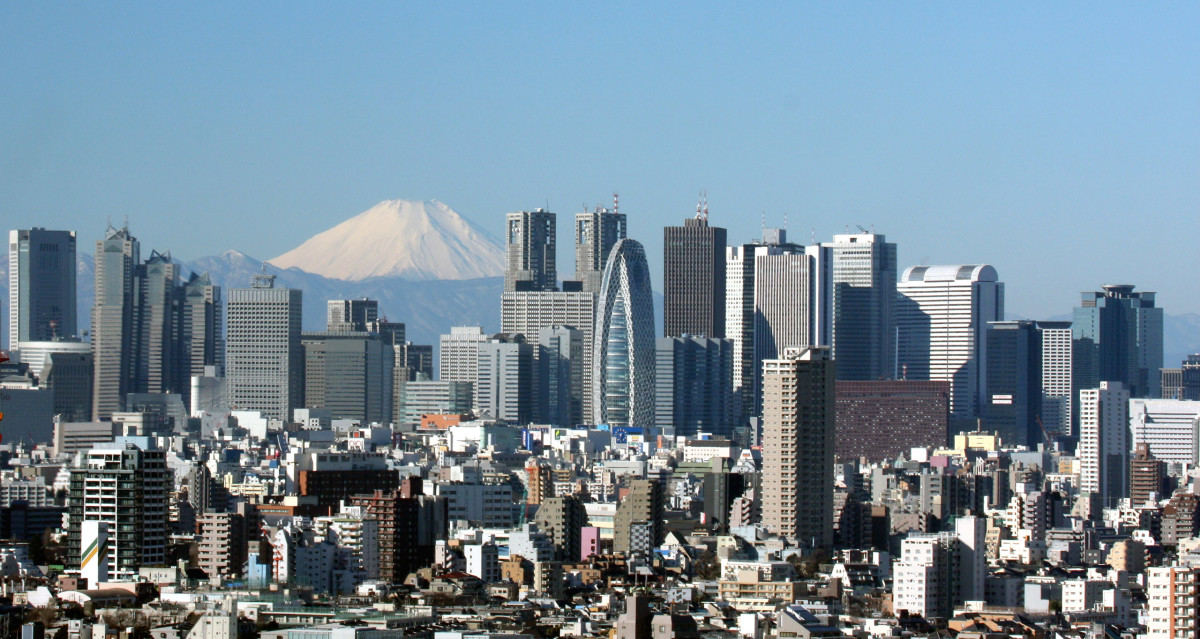- HubPages»
- Travel and Places»
- Visiting Asia»
- Eastern Asia
Enoshima: the picturesque island
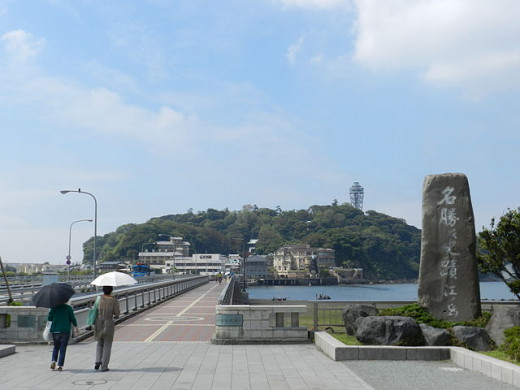
Measuring about four kilometres in circumference and situated approximately 50 kilometres southwest of Tokyo’s city centre, Enoshima (江ノ島) boasts one of the most attractive natural sceneries and delicious seafood cuisine within the Greater Tokyo Area. A small but serene island off the shores of Sagami Bay, Enoshima often serves as a convenient escape from the hustle and bustle of Tokyo’s ever-crowded financial districts and commercial hotspots.
What's in the name?
The name “Enoshima,” according to its Japanese characters, literally means “island of the river,” in reference to the island’s location at the mouth of the Katase River that flows into the Sagami Bay. Nevertheless, a pun of the name “Enoshima,” written in different Chinese characters (絵の島), means “the island of a picture” or “the picturesque island,” suggesting the beauty and uniqueness of the vast sceneries on the island.
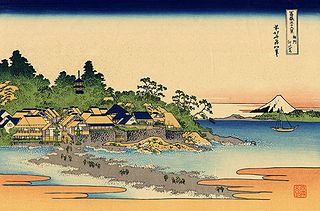
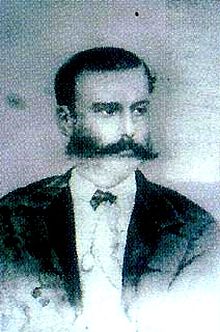
A brief history
Enoshima’s history traces back to a Buddhist legend of the sixth century AD, derived primarily from the Enoshima Engi (江島縁起), which was written by the eminent Japanese Buddhist monk Kokei (皇慶) (977 – 1049) in 1047 AD. In this legend, the island was said to have still been submerged at the bottom of the sea when villagers who lived in the vicinity were frequently disturbed by a fearsome five-headed dragon that dwelled in a nearby lake. Aware of the plight of the villagers, Benzaiten, the goddess of music, entertainment and knowledge, vowed to offer the villagers protection and made the island of Enoshima rise to the sea surface to serve as her earthly dwelling. As she descended onto the island in splendour, the dragon became aware of her presence and immediately fell in love with her, proposing to her to become his consort. Benzaiten, with her eloquence in persuasion, rejected the dragon’s proposal and pointed out his wrongdoings towards the suffering villagers. The dragon thus repented in shame and promised not to disturb the villagers anymore, subsequently turning to face the island before turning into a hill.
Shrines dedicated to Benzaiten abound on this island. Throughout history, numerous Japanese Buddhist monks have made pilgrimages to this island, making it one of the most prominent sites for the worship of Benzaiten. Nevertheless, after the Meiji Restoration of 1868, the Meiji government embarked on a nationwide campaign to weaken Buddhist influence and strengthen Shinto institutions in order to consolidate the position and legitimacy of the emperor. Known as the "Abolish Buddhism, Destroy Sakyamuni" policy (廃仏毀釈, Haibutsu Kishaku), the campaign consequently devastated much of Japan's glorious Buddhist heritage, and Enoshima was no exception. Benzaiten's sacred sites were desecrated, and images and structures depicting her splendour were reduced to nothing but rubble.
It was during this time, in 1880, when Samuel Cocking (1842 – 1914), a British merchant, purchased a large amount of land on the island under his Japanese wife's name. With this land, he developed a power plant and a vast botanical garden with a large greenhouse in it. Although the greenhouse was destroyed in the Great Kanto Earthquake of 1923, the botanical garden remains to this day, now known as the Samuel Cocking Garden.
How to get there
Taking public transport there is really easy, and there are a few ways you can consider too. One of the simplest ways to get there is by taking the privately-run Odakyu Line from its northern terminus, Shinjuku station (新宿). Although it may not be possible to catch a direct train that travels all the way to the southern terminus of Katase-Enoshima (片瀬江ノ島), it is possible to take the Odakyu-Odawara Line from Shinjuku station to Sagami-Ono (相模大野), thereafter transferring to the Odakyu-Enoshima Line that will take you directly to Katase-Enoshima. For this option, you can either take the regular trains or the Romance Car limited express trains, which will cost you a one-way fare of ¥610 and ¥1210 respectively. The whole one-way journey takes about 60-75 minutes.
Since most tourists who visit Enoshima are also likely to drop by nearby Kamakura (鎌倉), Odakyu Railways offers the Enoshima-Kamakura Free Pass that includes a round trip from Shinjuku and unlimited rides on the vintage Enoden, all in one day. Enoden connects Kamakura station to Enoshima station (a short walk from Katase-Enoshima station) and Fujisawa station (藤沢). This pass costs ¥1,430, and getting it is most worthwhile if you plan to visit both Enoshima and Kamakura within the same day from Tokyo.
Another option would be to take the JR Tokaido Line from Tokyo station (東京) (about 50 minutes, ¥950) or the JR Shonan-Shinjuku Line from Shinjuku station (about 50 minutes, ¥950) to Fujisawa, thereafter transferring to either the Enoden (10 minutes, ¥210) or Odakyu Railway (7 minutes, ¥150) to Enoshima. Yet another option would be to take either of the two aforementioned JR lines, get off at Ofuna (大船) (about 45 minutes, ¥780-890) and transfer onto the Shonan Monorail for a thrilling ride to Enoshima (about 20 minutes, ¥350).
JR East also offers a worthwhile travel pass, known as the Enoshima-Kamakura Excursion Pass, which is valid for one day and costs ¥680. This pass grants unlimited use of the Enoden and Shonan Monorail, and JR trains between Kamakura, Ofuna and Fujisawa stations.
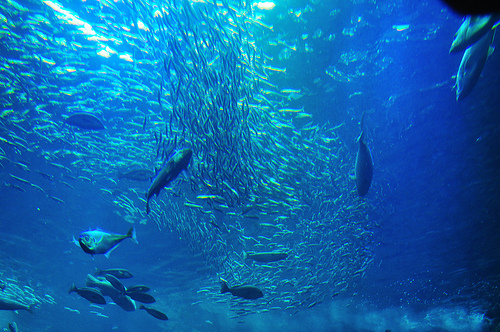
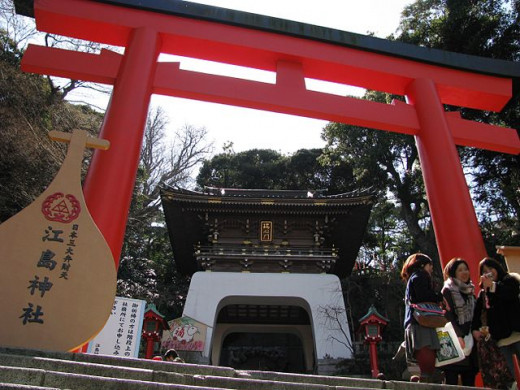
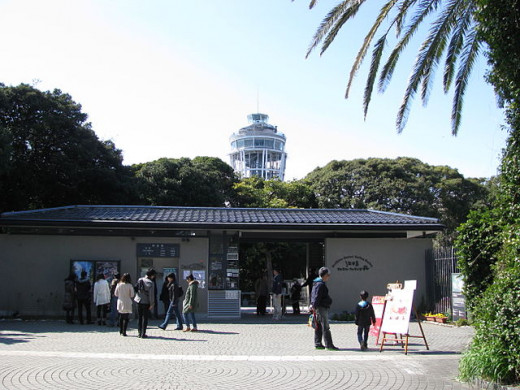
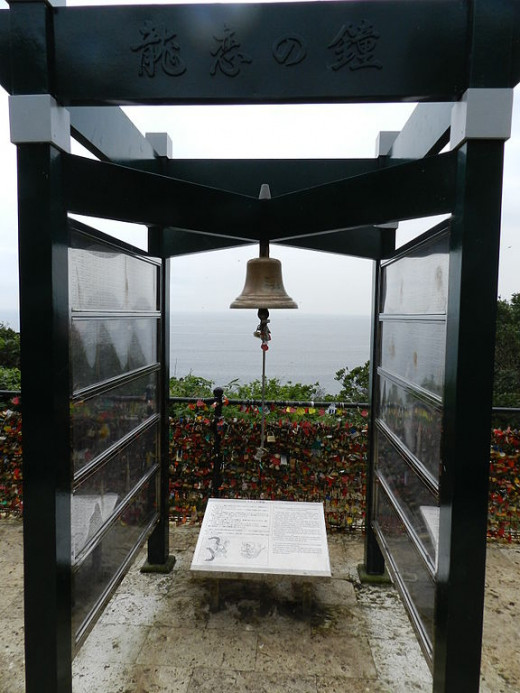
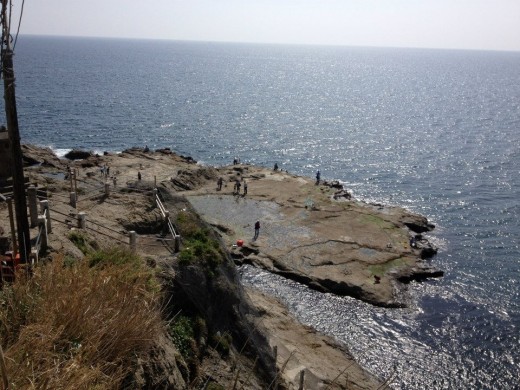
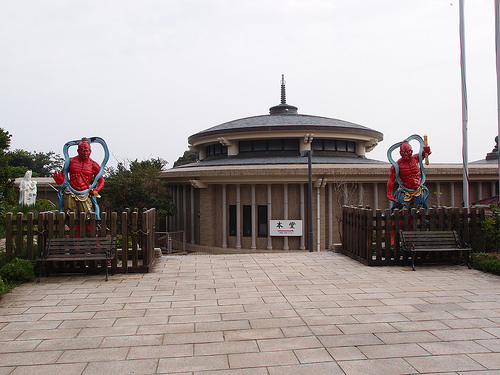
What to see
1. Enoshima Aquarium (江ノ島水族館, Enoshima-suizokukan)
Before crossing the bridge from the mainland to Enoshima, one should consider visiting this large, modern aquarium situated along the beach on the mainland. This aquarium is a haven for marine life lovers who are curious to know more about the diversity of Sagami Bay’s underwater ecosystem. Additionally, visitors can expect to be entertained with exciting dolphin shows and unique jellyfish displays.
2. Enoshima Shrine (江ノ島神社, Enoshima-jinja)
One of the most venerated sites in the country for the worship of Benzaiten, the Enoshima Shrine comprises three separate shrines on the island that were each dedicated to three goddesses of Enoshima (besides Benzaiten). The shrine was fully established in 1206, and its buildings, as they stand today, were rebuilt in 1657. The shrine is most famous for two things: the unusually naked statue of Benzaiten and a statue of an all-seeing turtle that seems to follow you wherever you go.
3. Samuel Cocking Garden (サムエル・コッキング苑, Samueru Kokkingu En)
As mentioned earlier, Samuel Cocking Garden is the botanical garden that was established in 1880 on the land purchased by Samuel Cocking from the then Meiji government of Japan. The original greenhouse, which Cocking himself used to collect tropical plants, was destroyed in the 1923 Great Kanto Earthquake. Today, the garden features a reconstructed greenhouse filled with collections of tropical plants, and an observation tower erected on the site of Cocking’s former residence.
4. Bell of the Dragon’s Love (龍恋の鐘, Ryūren no Kane)
Situated at the end of a short trail atop a hill facing the sea, this bell stands as a symbol of the dragon’s everlasting love for Benzaiten. Every year, many couples come to this place to enjoy the romantic view of the sea, ring the bell together and write their names on locks that they then attach onto the fence in front of the bell, symbolizing the interlocking of their destinies in each other’s lives.
5. Southern coast/cliffs
The southern coastline of the island features cliffs that end abruptly, fall steeply into the sea and level out into large platforms of rocks just above the water surface. Many people, especially children, enjoy gathering on these platforms of rocks during low tides to fish, sunbathe or simply play around. From this area, one can also take a Bentenmaru boat ride to and from the mainland for a fee.
6. Iwaya Caves (江ノ島岩屋, Enoshima Iwaya)
Amidst the cliffs of Enoshima’s southern coastline lie two ancient caves formed as a result of tidal erosion. One of these caves is home to statues of the goddess Amaterasu (天照), the three goddesses of Enoshima, and the Buddhist monk Kokei. The other is dedicated to the legendary dragon who fell in love with Benzaiten. Both caves are linked by a pathway, where visitors can enjoy the breathtaking scenery of the ocean.
7. Enoshima Daishi (江ノ島大師)
During the rule of the Meiji government, all three Buddhist temples that used to stand proudly on the island were mercilessly destroyed as part of the “Abolish Buddhism, Destroy Sakyamuni” campaign. It was not until 1993 that a new Buddhist temple was constructed on the island by the Shingon sect of Buddhism. This modern-looking temple, known as the Enoshima Daishi or Saifuku-ji (最福寺), contains a six metres tall statue of Fudo-myou-ou (不動明王, Fudō-myō-ō), a revered Buddhist guardian deity.
8. Enoshima Island Spa
Also known as Enospa in short, this resort and day spa lies along Enoshima’s rocky coast, providing a fantastic view of the sea from inside. It offers onsen (hot spring) baths, indoor and outdoor heated pools, aromatherapy massage, foot and body massage and much more. Some of these pools are built in artificial caves, and they serve as ideal getaways for people from Tokyo seeking to relax and de-stress after a week’s worth of work.
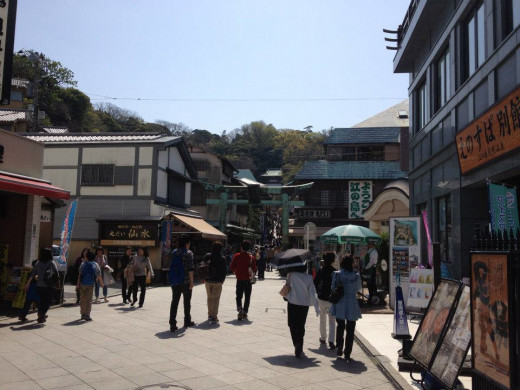
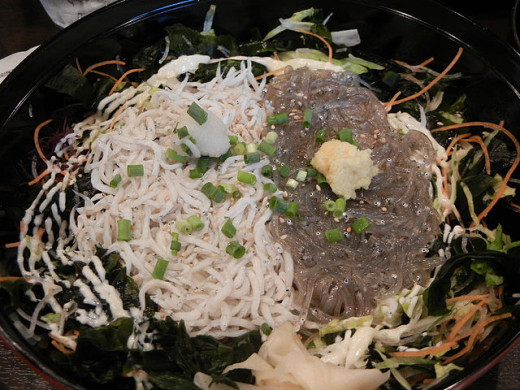
What to eat/buy
The uphill path leading from the main bridge to Enoshima Shrine is lined with rows of shops, cafés and restaurants. There is a large variety of souvenirs to choose from the shops there, ranging from typical keychains and fridge magnets to traditional clothing and handicrafts. Shops selling ice cream and Japanese snacks also abound, and so are western-styled cafés and food outlets.
Besides, the northern coast of the island facing the bridge and the mainland is packed with shops selling a vast array of fresh and grilled seafood, most of which are caught from the waters surrounding the island. Visitors often buy home these fresh catches for their own cooking, or alternatively, they can also enjoy sumptuous seafood meals in one of the restaurants managed by the same shops. These restaurants offer magnificent views of the seafront facing the mainland.
Nonetheless, when it comes to pampering one’s taste buds, the main specialty of the island is none other than its unique shirasu dishes. Shirasu (白子) are white baby anchovies or sardines that are found in abundance in the Sagami Bay region around Enoshima. Throughout the island, one can find numerous establishments that serve shirasu in the form of various traditional Japanese cuisines such as tempura, donburi, soba and many others. It is also not uncommon to find pastries and desserts with shirasu fillings in them!
What do you think about Enoshima?
© 2013 James

